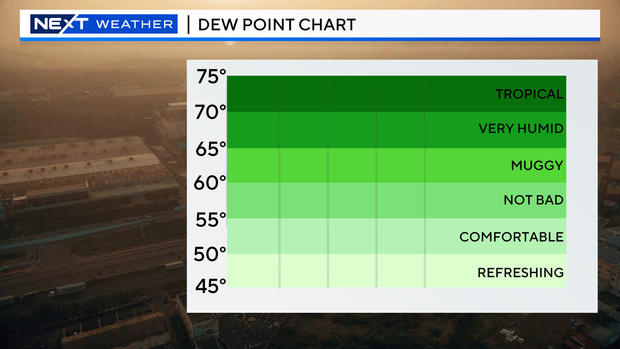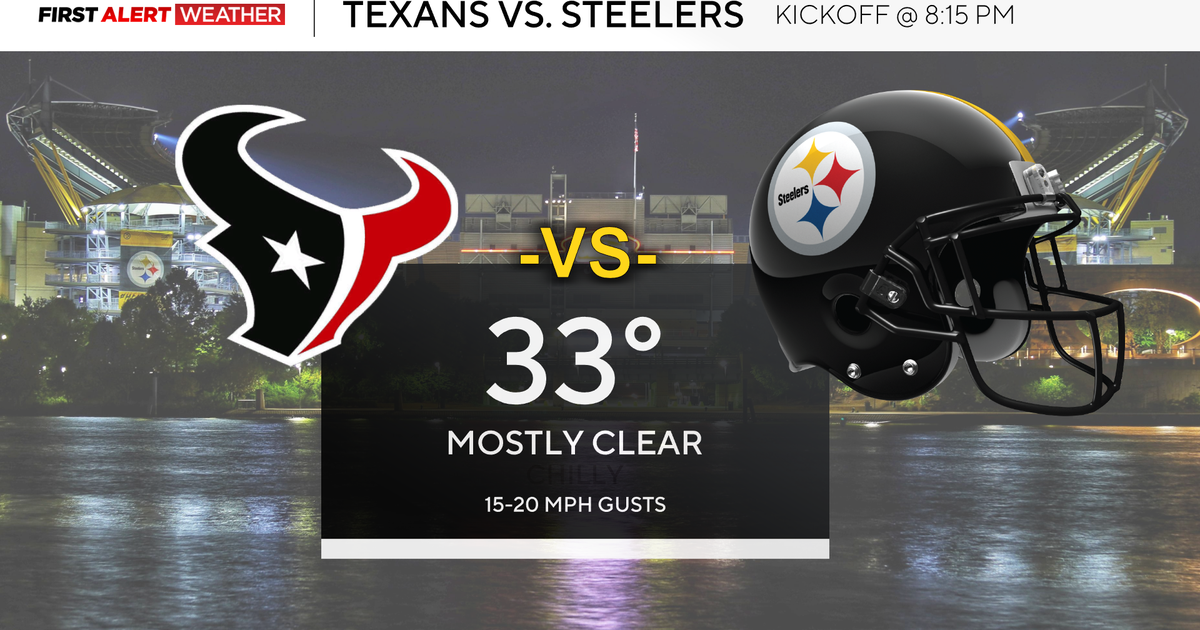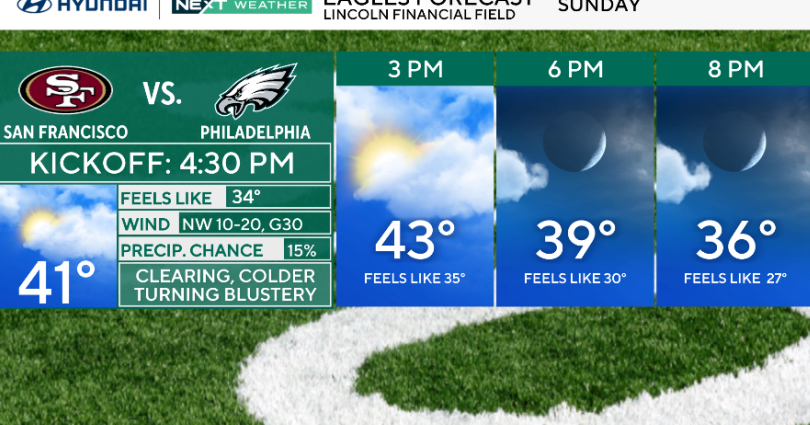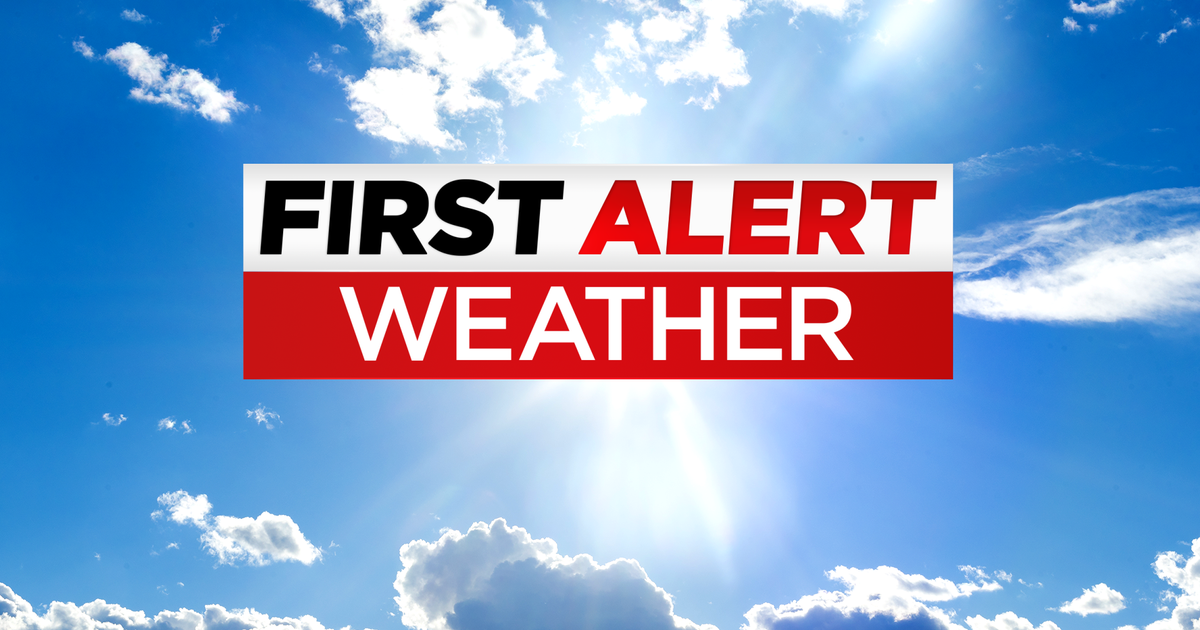What is dew point? How it's different than humidity and a better measure of "sticky" weather.
Before you step outside, you may want to know how humid, or "sticky" it feels. That comes down to knowing the dew point.
Dew point is more commonly discussed in the summertime and is a good measure of how comfortable the air feels.
By definition, the dew point is the temperature to which air must be cooled (at constant pressure) in order for it to become saturated or, otherwise put, have a 100% relative humidity.
Once we hit that saturation point, if the air is cooled any further, water droplets would form and we would have some sort of precipitation or fog.
A high dew point, anything near or over 70 degrees, feels humid or even oppressive. A low dew point in the summer, 50s or lower, is often described as refreshing.
Dew point is often confused with relative humidity, but it is the dew point that is the true measure of how comfortable an airmass is.
Related: What causes wind?
For instance, let's say you have a temperature of 90 degrees and a dew point of 70. The dew point of 70 indicates a very humid feeling airmass. However, the relative humidity in this case would only be 52%, giving no indication of the true feel of the air.
Dew point and frost or snow
The dew point is also a useful measure in other seasons.
When the temperature is forecast to fall to the dew point on clear, calm nights in the colder seasons, dew will form on the grass and cars in the early morning hours and, many times, turn to ice or frost.
When forecasting snowfall, many times it is useful to look at not only the temperatures, but also the dew point.
For instance, if the temperature was 36 degrees, you may think rain is coming. But, if the dew point is much lower, say 20 degrees, then you can expect that when the storm arrives, snow will fall. This is because the temperatures will need to fall and meet the dew point for moisture to form and fall.
Measuring dew point
You can measure the dew point using a few different instruments.
A hygrometer uses a polished mirror. The air within the hygrometer is cooled to the dew point. As moisture forms on the mirror, some of the reflected light is blocked, indicating that the dew point temperature has been reached.
A psychrometer, or sometime called a "sling psychrometer" is another popular device used to measure dew point. A psychrometer is comprised of two thermometers, one of which has a wet wick around the bulb. As the water from the wick is evaporated, heat is removed as indicated on the thermometer. You can then use the temperature difference on the two thermometers to measure the dew point.








